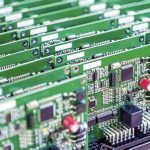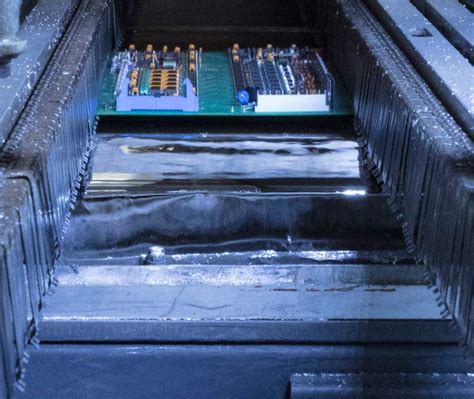
Blog
-
How do you prevent Solder Escape/Wick?
Posted by
–
 Read more: How do you prevent Solder Escape/Wick?
Read more: How do you prevent Solder Escape/Wick?What is Solder Escape? Solder escape, also known as Solder Wicking, is a common problem that occurs during the soldering process. It happens when molten solder flows or “wicks” up the component lead or wire, away from the intended solder joint. This can lead to a weak or incomplete solder […]
-
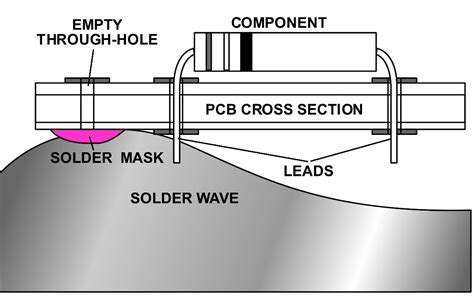 Read more: Tips & Tricks: Avoiding Solder Escape/Wick during Reflow
Read more: Tips & Tricks: Avoiding Solder Escape/Wick during ReflowUnderstanding Solder Escape and Its Impact on PCB Assembly Solder escape, also known as solder wicking, is a common issue faced during the reflow soldering process in PCB assembly. It occurs when molten solder flows away from the intended joint and spreads along the surface of the PCB or component […]
-
Selecting the Right Surface Finish for Your PCB
Posted by
–
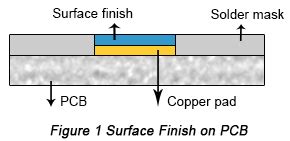 Read more: Selecting the Right Surface Finish for Your PCB
Read more: Selecting the Right Surface Finish for Your PCBIntroduction to PCB Surface Finish When designing and manufacturing printed circuit boards (PCBs), selecting the appropriate surface finish is crucial for ensuring reliable performance, solderability, and long-term durability. The surface finish not only protects the exposed copper traces from oxidation and contamination but also plays a vital role in the […]
-
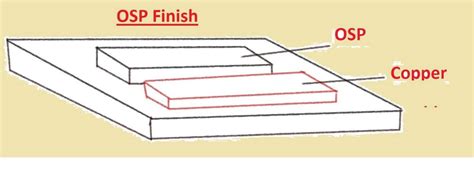 Read more: PCB Prototype Surface Finishes and their types Fruitful Article by RAYPCB
Read more: PCB Prototype Surface Finishes and their types Fruitful Article by RAYPCBIntroduction to PCB Surface Finishes PCB Surface Finishes play a crucial role in ensuring the reliability, solderability, and longevity of printed circuit boards. The right surface finish can enhance the performance of a PCB, while an inappropriate finish can lead to manufacturing defects and premature failure. In this comprehensive article, […]
-
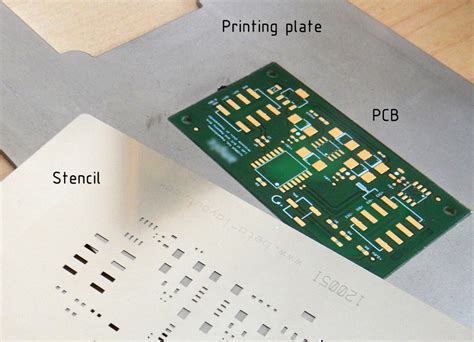 Read more: What is solder paste and how to print it on PCBs in SMT assembly
Read more: What is solder paste and how to print it on PCBs in SMT assemblyIntroduction to Solder Paste printing Solder paste printing is a crucial step in the Surface Mount Technology (SMT) assembly process. It involves depositing solder paste onto the printed circuit board (PCB) pads where components will be placed. Solder paste is a mixture of tiny solder particles suspended in flux, which […]
-
PCB proto Service Default Values.
Posted by
–
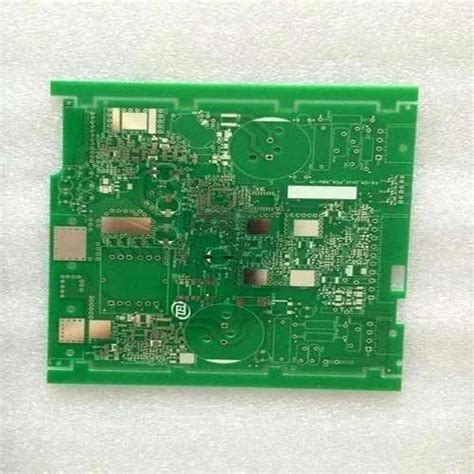 Read more: PCB proto Service Default Values.
Read more: PCB proto Service Default Values.PCB Fabrication Specifications Board Thickness The default board thickness for most PCB Proto Services is 1.6mm (0.062″). This is the most common PCB Thickness used across the industry. However, other standard thicknesses are available if needed for your design: Thickness (mm) Thickness (mils) 0.4 15.7 0.6 23.6 0.8 31.5 1.0 […]
-
What is the function of Pre-heater
Posted by
–
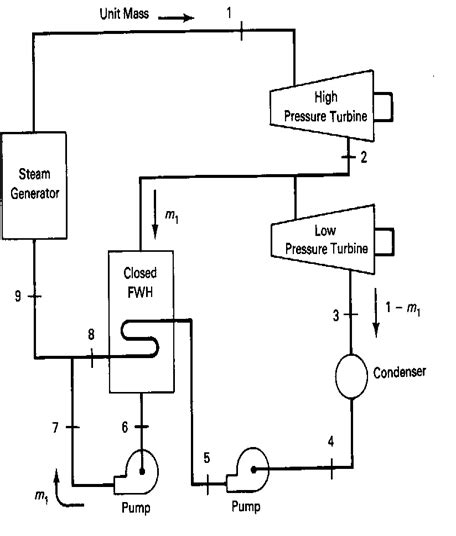 Read more: What is the function of Pre-heater
Read more: What is the function of Pre-heaterHow Does a Pre-heater Work? The working principle of a pre-heater depends on the specific type and design of the unit. However, the general concept involves the transfer of heat from a hot medium (such as exhaust gases or steam) to the raw materials or process fluids. This heat transfer […]
-
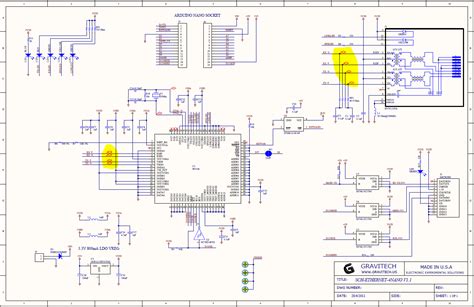 Read more: EAGLE – The Basics About Making Schematics and Layouts
Read more: EAGLE – The Basics About Making Schematics and LayoutsWhat is EAGLE? EAGLE is a PCB (Printed Circuit Board) design software developed by Autodesk. It consists of three main modules: Schematic Editor: Used for creating electronic schematics Layout Editor: Used for designing PCB layouts Autorouter: Automatically routes traces between components on the PCB EAGLE is available for Windows, macOS, […]
-
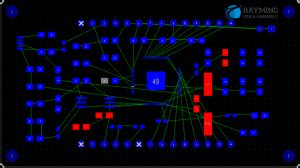 Read more: Altium Designer templates with RAYPCB design rules
Read more: Altium Designer templates with RAYPCB design rulesIntroduction to Altium Designer and RAYPCB Altium Designer is a powerful electronic design automation (EDA) software that enables engineers to design printed circuit boards (PCBs) efficiently. It offers a wide range of features and tools to streamline the PCB design process, from schematic capture to board layout and manufacturing output. […]
-
KiCAD – design rules
Posted by
–
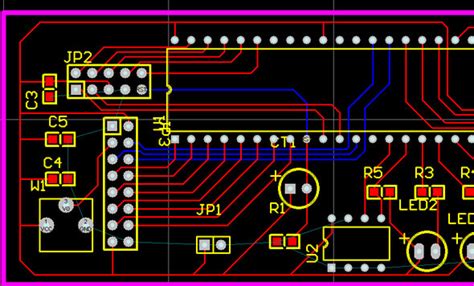 Read more: KiCAD – design rules
Read more: KiCAD – design rulesIntroduction to PCB Design Rules in KiCAD Printed circuit board (PCB) design rules are a critical aspect of creating high-quality, manufacturable PCB layouts using EDA software like KiCAD. Design rules help ensure that your PCB will function as intended and can be reliably manufactured by defining constraints and guidelines for […]
